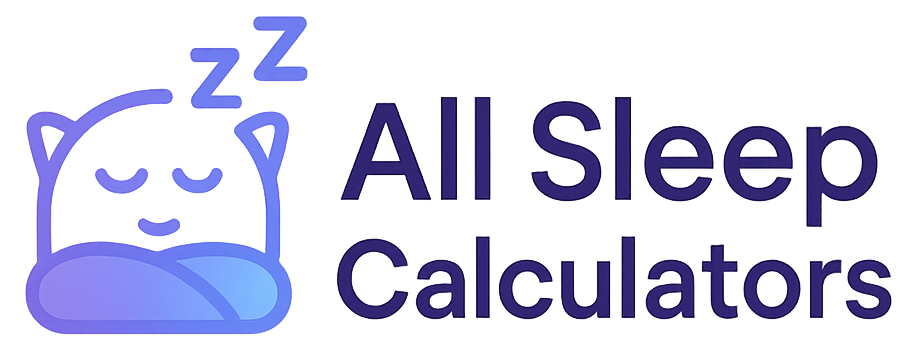What Is Sleep Paralysis?
Sleep paralysis is a temporary inability to move or speak that occurs when waking up or falling asleep. During these episodes, a person is conscious but unable to move their body, sometimes accompanied by hallucinations or a sense of pressure on the chest.
Did you know? Sleep paralysis has been documented across diverse cultures throughout history, often interpreted through cultural or supernatural explanations. It has been depicted in works of art dating back centuries.
What Happens During Sleep Paralysis?
Sleep paralysis occurs when aspects of REM sleep intrude into wakefulness:
- During normal REM sleep: Your brain paralyzes most of your muscles to prevent you from acting out dreams
- During sleep paralysis: Your mind becomes conscious while the REM-induced muscle paralysis is still active
- Types of episodes: Sleep paralysis can occur when falling asleep (hypnagogic) or when waking up (hypnopompic)
Common Symptoms and Experiences
Sleep paralysis episodes typically involve:
- Inability to move: Complete or partial paralysis of voluntary muscles
- Fully conscious awareness: Unlike dreams, you are aware of your surroundings
- Brief duration: Episodes typically last seconds to a few minutes
- Difficulty breathing: Sensation of chest pressure or restricted breathing
- Sensory hallucinations: Many people experience visual, auditory, or tactile hallucinations, such as:
- Sensing a presence in the room
- Seeing shadowy figures or intruders
- Hearing footsteps, voices, or other sounds
- Feeling touched or that someone is sitting on your chest
- Intense fear: Episodes are often accompanied by anxiety or terror
Causes and Risk Factors
Sleep paralysis is associated with several factors:
- Sleep deprivation: Not getting enough sleep or accumulating sleep debt
- Irregular sleep schedule: Inconsistent bedtimes or disrupted circadian rhythms
- Sleeping position: More common when sleeping on your back
- Sleep disorders: Often co-occurs with narcolepsy and other sleep conditions
- Mental health conditions: More prevalent in people with anxiety, PTSD, or panic disorder
- Substance use: Certain medications or substances can increase risk
- Genetic factors: May run in families
Prevention Strategies
To reduce the likelihood of sleep paralysis episodes:
- Maintain good sleep hygiene: Regular sleep schedule, comfortable sleep environment
- Get adequate sleep: Aim for 7-9 hours per night
- Manage stress: Practice relaxation techniques before bed
- Consider sleep position: Try sleeping on your side rather than your back
- Limit stimulants: Avoid caffeine, alcohol, and nicotine close to bedtime
- Use our bedtime calculator: To establish an optimal sleep schedule
Coping With Sleep Paralysis Episodes
If you experience sleep paralysis:
- Stay calm: Remember that episodes are temporary and not harmful
- Focus on small movements: Try wiggling your fingers or toes to break the paralysis
- Control your breathing: Concentrate on slow, deep breaths
- Use mental techniques: Count or focus on a specific thought to reduce fear
- Try to cough: The respiratory muscles are often unaffected by the paralysis
When to Seek Medical Help
While isolated episodes of sleep paralysis are usually harmless, consider consulting a healthcare provider if:
- Episodes occur frequently or regularly
- They significantly disrupt your sleep quality
- You experience excessive daytime sleepiness
- Sleep paralysis causes severe anxiety or affects your mental health
- You have other symptoms of sleep disorders
Want to improve your sleep quality?
Use our calculators to help establish a consistent, healthy sleep schedule:
Explore More Sleep Topics
Sleep Stages
Explore the different stages of sleep from light to deep and REM sleep.
Sleep Architecture
Learn about the structure of sleep and how different stages interact throughout the night.
Light Sleep
Understand the purpose of light sleep stages in your sleep cycle.
Polyphasic Sleep
Explore alternative sleep patterns that involve multiple sleep periods.
